
About hearing aids
Hearing aids are devices that are designed to help those who have problems with their hearing. They are very helpful to those who have mild to moderately severe hearing problems but, unfortunately, they cannot help those who are completely deaf or who have sustained irreparable damage to the inner ear. Today, hearing aids are usually very small and designed so they fit perfectly either inside or outside of the ear.
People who have hearing problems, especially if they are not severe, are encouraged to try out hearing aids so they can continue living a quality life just like anyone else. There are many types of hearing aids and they come in different price ranges, but some of them are also covered in health insurance plans. The best way to get a hearing aid is to consult an otorhinolaryngologist.
Hearing aids come in various types but they all basically work on the same principle. Each of them has a microphone, an amplifier and a speaker. The microphone catches the sound waves from the outside, the amplifier, obviously, amplifies them so a person can hear them through the speaker.
Types of hearing aids
There are several basic types of hearing aids. Behind-the-ear model or BTE is the oldest type of hearing aids. It is made of plastic and it is shaped as a semi-circle so it can be fitted behind the ear. It has another part connected to it, which goes inside the ear. The outside part contains the microphone and the amplifier and the inside part is the speaker.
In-the-ear model or ITE consists of a single unit that goes inside the outer ear. It can be custom made so it fits the outer ear perfectly, and it is usually made of plastic, or, in more expensive models, of silicone. The silicone ones are more comfortable.
In-the-canal model or ITC is also custom made, depending on the size of one’s ear canal. It fits similarly to an earplug used while swimming or to protect the ear from the noise. This type of hearing aid is not suitable for children because their ear canal keeps growing and changing so it does not fit anymore.
An advanced version of ITC is CIC, or completely-in-canal model. As the name suggests, this model fits inside the ear canal and it is invisible or almost invisible from the outside. That makes this model very popular, however, the problem with impacted earwax may arise if the device is placed deep inside the ear canal.
- www.nhs.uk/live-well/healthy-body/hearing-aids/
- medlineplus.gov/hearingaids.html
- Photo courtesy of Kurt Nordstrom from Ponder, TX, USA by Wikimedia Commons: commons.wikimedia.org/wiki/File:Hearing_aids.jpg






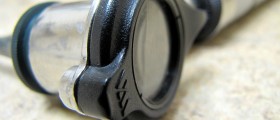


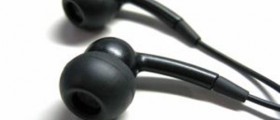

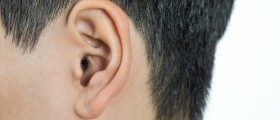

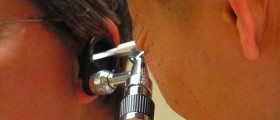


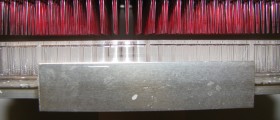
Your thoughts on this
Loading...